The beauty of water sensitive cities (WSC) principles and practices is that they can be applied anywhere. Indeed, that’s the point. Towns and cities consider local biophysical and social/institutional conditions and develop water management approaches that reflect those local conditions.
Water Sensitive Cities Australia is working with the Victorian Department of Energy, the Environment and Climate Action and the North East Catchment Management Authority in Victoria on implementing integrated water management (IWM) in the north east (NE) region, using WSC tools.
Stakeholders have 3 strategic directions for the region:
- Planning for growth and development – engaging more with property developers and changing planning schemes to encourage adoption of IWM approaches in new urban developments
- Stormwater harvesting and water sensitive urban design – increasing the capture, treatment and use of stormwater at a regional scale
- Planning for green spaces – helping councils plan for effective watering of green spaces using diverse water sources.
We’re helping them fulfill these aspirations by using the Transition Tools developed by the CRC for Water Sensitive Cities. This project has 4 key objectives:
- Increase the water sensitive cities rating of cities and towns in the region.
- Help stakeholders identify IWM approaches that address the water cycle challenges created by rapid urbanisation of cities and towns.
- Trial the use of WSC Transition Tools as a planning framework for regional IWM forums.
- Evaluate the use of these tools in this context and make recommendations about how they might be applied in other IWM regions.
At a strategic level, the Transition Tools help to break down barriers to IWM delivery and address a gap in the mix of tools, resources and capacity building available to decision makers to guide IWM outcomes in the NE region. At a tactical level, the tools support collaboration and information sharing among practitioners and advance regional scale IWM planning (e.g. by identifying required baseline knowledge and setting regional objectives).
We’re working in 2 locations that represent the urban and peri-urban landscapes in the region – the City of Wodonga and Indigo Shire.
We conducted the first in a series of workshops with NE region stakeholders in late August. Using the Water Sensitive Cities Index Tool, we benchmarked the region’s current water sensitive performance and diagnosed key areas of strength and weakness with respect to the 7 goals of a water sensitive city. The region achieved its strongest results for the goals of Achieve equity of essential services and Improve ecological health. The areas for improvement were the goals of Ensure good water sensitive governance and Increase community capital.
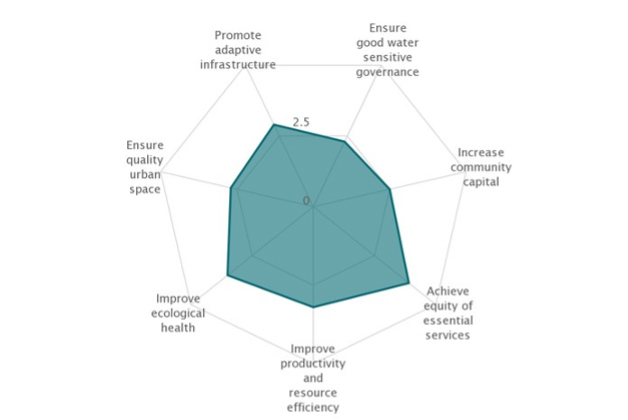
The benchmarking also articulated the region’s progress on moving through the 6 city–states that represent the evolution in water system services from the provision of basic services to the aspirational Water Sensitive City state, where water has a central role in shaping a city. In a WSC, people are not disrupted by flooding, and can enjoy reliable water supplies, effective sanitation, healthy ecosystems, cool green landscapes, efficient use of resources, and beautiful urban spaces that feature water and bring the community together.
The scores represent attainment of each city–state (expressed as a percentage). The region’s results against the 6 city–states highlights its strong performance is in providing basic water supply, sanitation and nuisance flood protection services in towns
The standout result was the 97% rating for a Waterways City, which reflects the value regional communities place on waterways. The result for the Water Cycle City was also very strong (57%), especially compared with the Australian average across 6 Australian cities (38%). This result reflects activities in the region such as the Hydrogen Park Murray Valley (HyP Murray Valley), which will use water from the West Wodonga Wastewater Treatment Plant (WWWTP) and renewable electricity from Ausnet to produce renewable hydrogen. The WWWTP may also access waste oxygen from HyP Murray Valley to use in the wastewater treatment process.
The opportunities lie in transitioning from ‘conventional’ ways of providing water, sewerage and flood protection to embracing and fostering a water sensitive approach and technologies in new urban growth areas in cities and towns across the region. This will help to improve the Water Sensitive City rating from its current level of 5%.
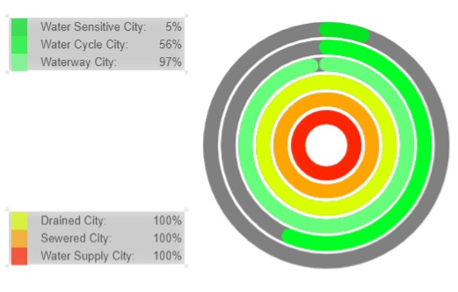
This workshop provided a language and understanding to describe the way water is currently managed in the region’s cities and towns. The workshop looked at technologies, natural systems, governance and community aspects of urban water management, to provide a well rounded perspective. This not only identifies what is and is not working, but why.
“It was a really engaging workshop. It’s quite rare we stop and reflect, and I think each party took away a new idea and perspective,” said Rebecca Rawlings (Statutory Planning Officer, North East Catchment Management Authority).
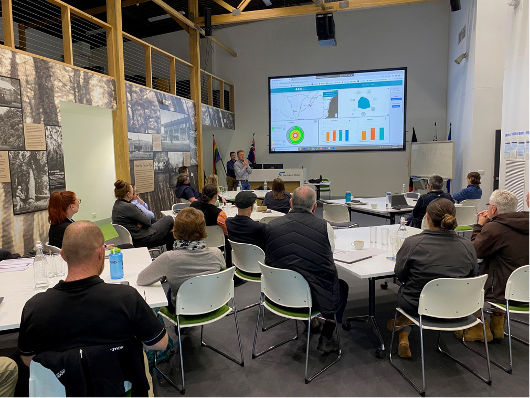
Benchmarking water sensitive city performance in north east Victoria
Workshops 2 and 3 will build on the foundation established in workshop 1:
- Workshop 2 involves developing a future vision for urban water management..
- Workshop 3 involves identifying strategic priorities and actions for achieving the vision. We will use the Transition Dynamics Framework (TDF) to identify strategic actions to accelerate the adoption of IWM.
These workshops will occur in October.
Once the workshops are finished, we will prepare a report that outlines the transition strategy for the region. This strategy provides a framework for orienting and coordinating strategic action across the different stakeholders who need to collaborate to successfully deliver IWM in the NE region.
Find out more about the CRCWSC Transitions Tools here.
Supporting integrated urban water management in Thailand’s Eastern Economic Corridor
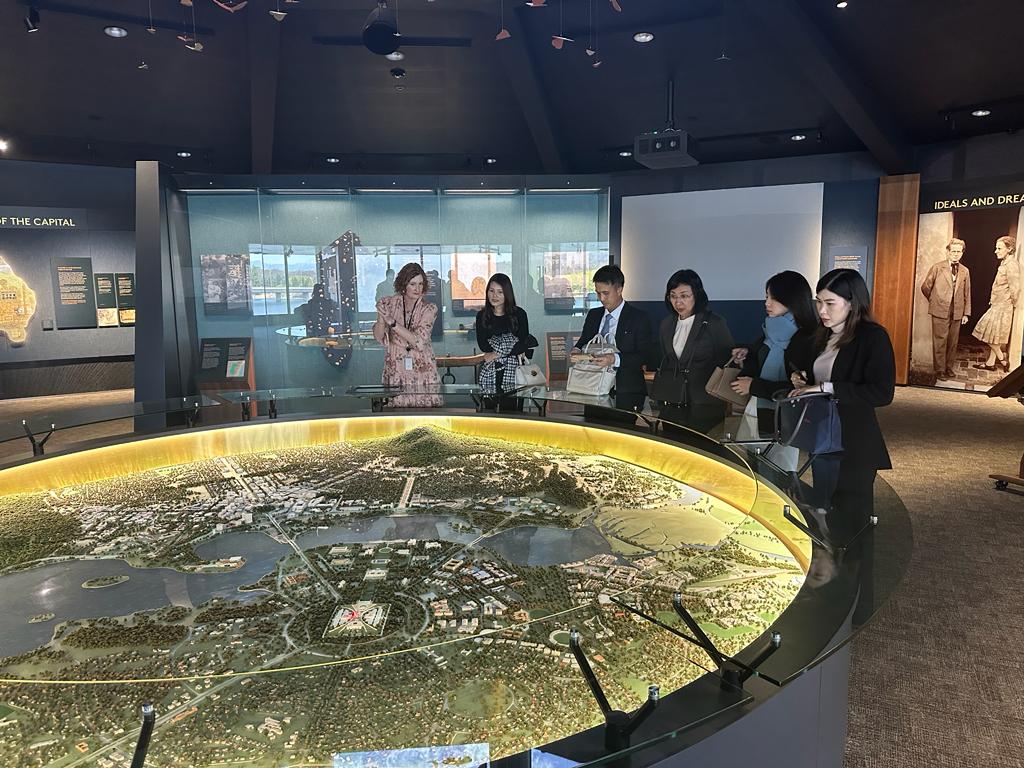
Get the run down on the RUCaS Regional Conference and Training, held over 4 days in November 2023
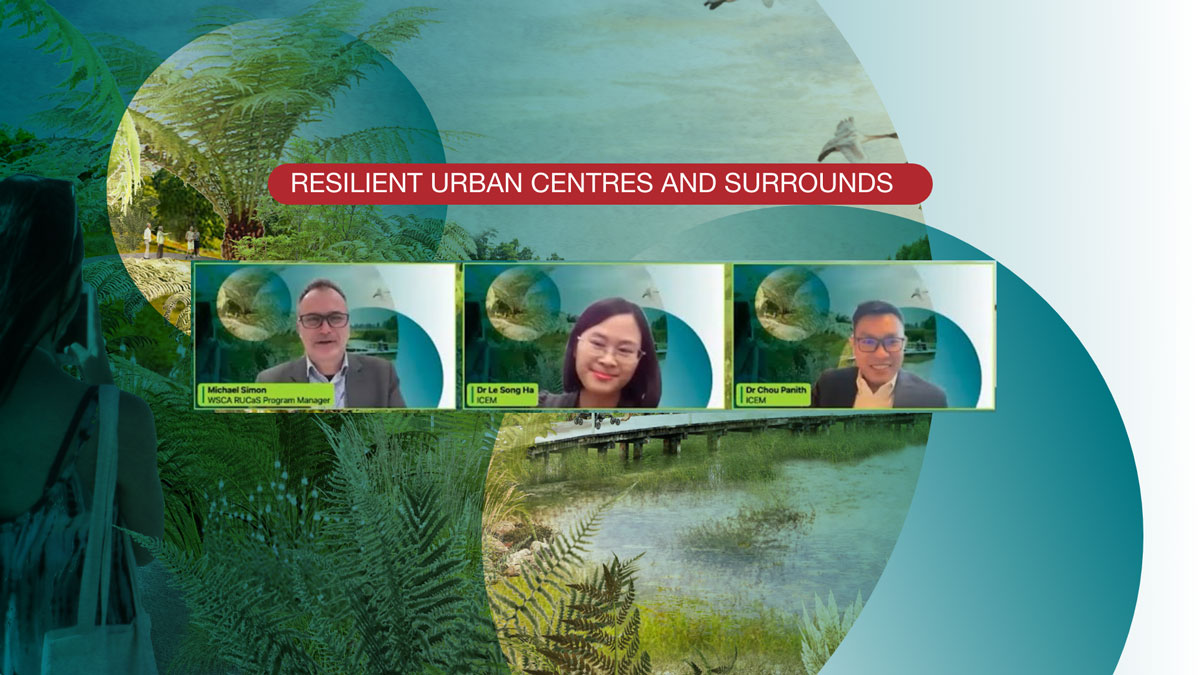
Improving climate change and water security outcomes for peoples with disabilities
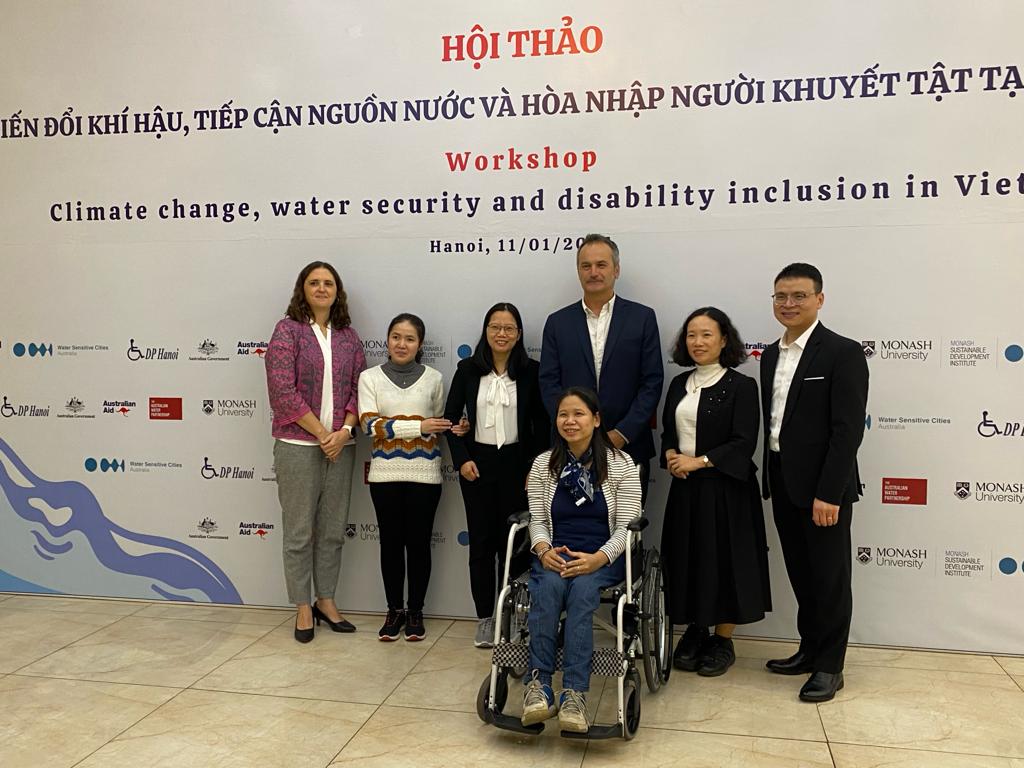
New faces at Water Sensitive Cities Australia

